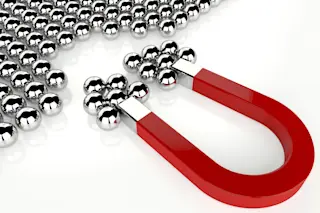Several times a week, Harvard neurologist Alvaro Pascual-Leone takes control of someone else’s brain. He presses a device the size of a table tennis paddle against that person’s head and sends pulses of electricity that shut down or stimulate wide tracts of brain cells. The technique, called Transcranial Magnetic Stimulation, or TMS—apparently harmless and virtually painless—permits him to temporarily alter the activity of a living human brain.
Back in 1984, Pascual-Leone was involved in designing the first TMS system, which relies on a copper coil inside the paddle. The coil generates a magnetic field, inducing a current in any nearby conductor, such as the electrically active cells of the brain. Unlike shock therapy, which jolts the whole brain, TMS penetrates only an inch or so. The result can be as subtle as changing how the fingers move or as radical as causing temporary blindness.
TMS can be roughly aimed to ...















